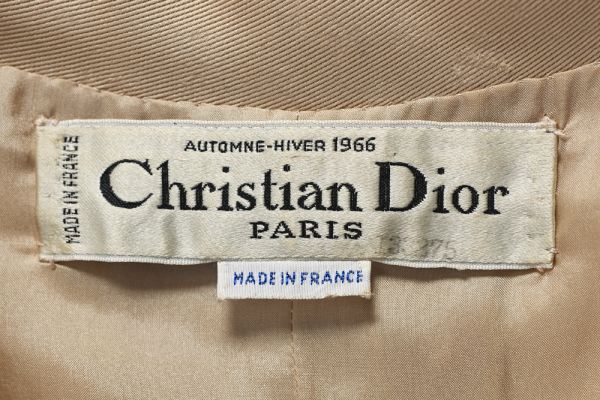Disruptive Marketing
So, what is Disruptive Marketing?
So, here's the thing, when one thinks of marketing as a principle and business skill, they only think of one type of marketing. Traditional marketing, where products are produced for their target market, then promoted and advertised in creative and innovative ways so the products sell to the market and makes the business a large profit (hopefully.) Traditional marketing trends follow a linear pattern and consumers can see a clear path over time. Traditional media platforms will be used: magazines, tabloids, broadsheets, radio, television, billboards, posters, as well as digital media: online banners through use of cookies, e-commerce, social media, and youtube promoters, to market products, however, ideas, although creative, will not be overly radical, or challenge perceptions.
 |
Here are some examples of some current Disruptive Marketing trends.
♡ Ted Baker's Cabinet of Curiosities - As part of their 2015 Autumn/Winter campaign, Ted Baker, launched an immersive customer experience in store and and online. It was an advent calendar themed product hunt, where daily clues would be released to the public, asking them to guess what was in each part of the calendar. Some clues would be in store and some online on Instagram. This was a good way for the brand to promote their christmas products in creative way during the run up to christmas.
 |
♡ Less model retouching - As of 2017, online brands such as Missguided and Asos have stopped photoshopping stretch marks and birthmarks off their models. This helps to keep these brands within the changing times and ideals for fashion, therefore making fashion more accessible for ordinary men and women and especially teenage girls. ♡ Keeping with this trend, H&M have released a new advert showing how fashion has adapted, so you can do anything you want with fashion as long as you recycle it at the end of its lifestyle. This helped to inspire men and women to wear what they like and feel confident about it. https://www.youtube.com/watch?v=s4xnyr2mCuI ♡#Castmemarc - This popular hashtag came around when Marc Jacobs took model scouting to social media, for their Autumn/Winter 2016 campaign. This gave ordinary girls a chance to work for a high end brand, while giving them valuable and pleasurable brand experience. Wanna be models would post a selfie or video on Instagram with the hashtag #castmemarc, for the chance to be scouted. This new campaign recognised the power social media, especially Instagram , has on the fashion industry, allowing a radical new disruptive marketing experience to be had.  |
Until next time
Anna xx
Image references:
https://northeasternfashion.com/2014/10/07/marc-by-marc-jacobs-uses-instagram-and-twitter-to-cast-models/
http://www.thedrum.com/news/2015/09/02/ted-baker-why-its-instagram-success-down-organic-reach-not-its-ad-formats
http://www.threadsmagazine.com/2014/07/15/a-close-look-at-the-stitching-inside-2-dior-garments
http://www.phdmedia.com/australia/this-week-in-media-19/
http://www.ella-lapetiteanglaise.com/lpa-x-teen-vogue/


Comments
Post a Comment